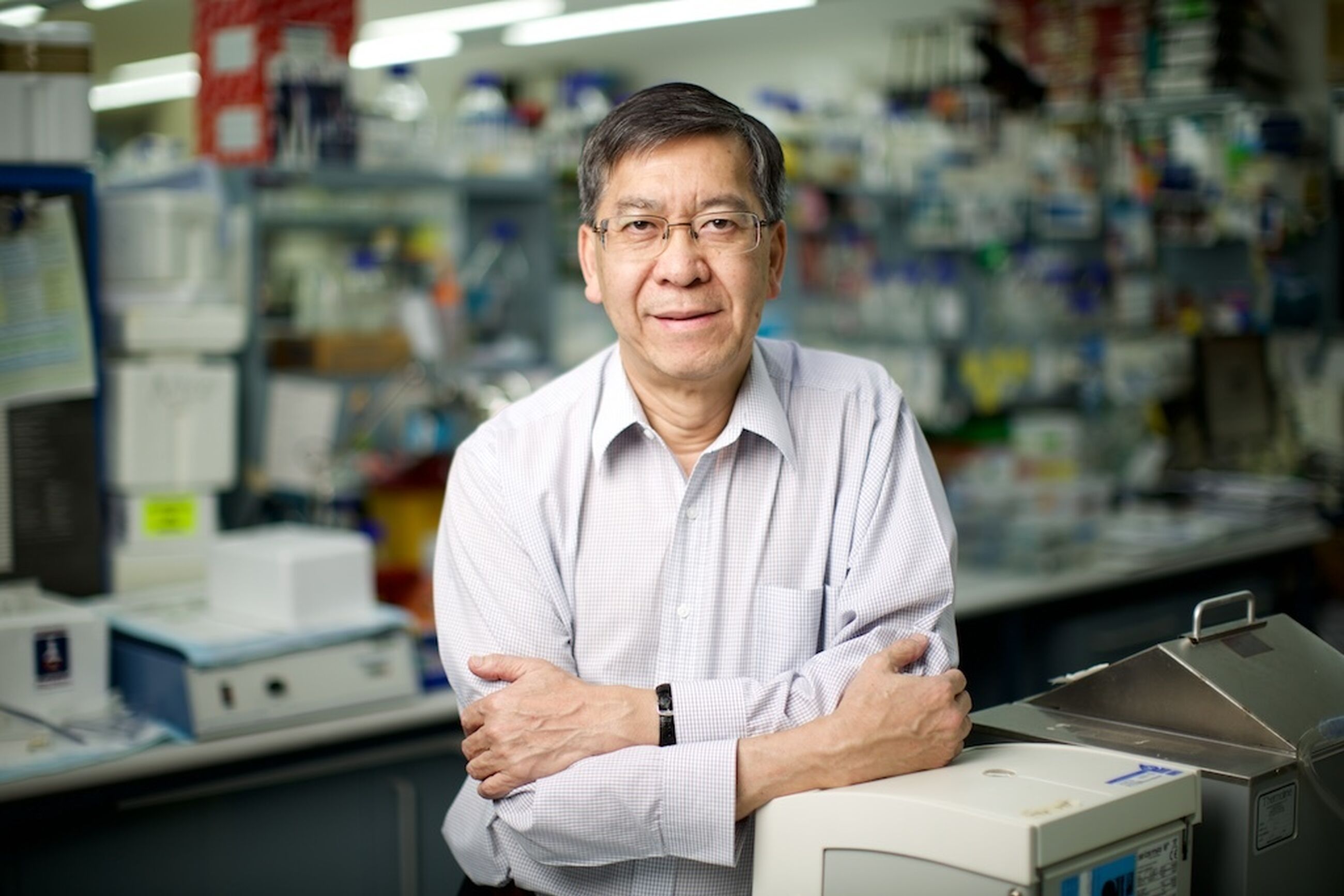A team of bioengineers and biomedical scientists from The University of Sydney and Children’s Medical Research Institute (CMRI) have used 3D photolithographic printing to create a complex environment for assembling tissue that mimics the architecture of an organ.
The teams were led by Professor Hala Zreiqat who is a Professor of Biomedical Engineering at the University of Sydney and Professor Patrick Tam who leads the Embryology Research Unit at CMRI. The work was published recently in journal Advanced Science.
Using bioengineering and cell culture methods, scientists can instruct cells from blood or skin to become stem cells and then to become specialised cells that can assemble into an organ-like structure.
“In the past, stem cells were grown to generate many cell types, but we were not able to control how they differentiate and assemble in 3D. With the bioengineering technology, we are now able to direct the stem cells to form specific cell types and organise these cells properly in time and space, and thereby recapitulate the real-life development of the human organ,” Professor Tam said.
Studying the development of these organ-like structures, known as organoids, helps researchers understand how organs develop and function and how diseases affecting the organ may be caused by genetic mutations and developmental errors. The knowledge gleaned from the study of organoids also enables the development of cell and gene therapy for diseases. The ability to generate the desired cell types further provides the capacity to produce clinically-relevant stem cells for therapeutic purposes.
The work by the University of Sydney and CMRI teams achieved a “proof of concept’’. Professor Tam is hopeful that this research has potential for treating vision loss, caused by conditions such as macular degeneration and inherited diseases causing loss of retinal photoreceptor cells. “If we can generate a patch of cells by bioengineering and see how the whole system functions, then we can investigate therapies that use functional cells to replace cells in the eye that were lost because of disease.”
“It would have great impact if we can deliver healthy cells into the eye. Regardless of whether the macula (the area of the retina responsible for central vision) had been lost due to inherited disease or because of trauma, the treatment would be the same.”
“The idea of treating rare genetic diseases and improving quality of life in this way is empowering. We expect that this work will lead to advanced therapies that can be moved into practice.”
[Members of the research team included Peter Newman, Queenie Yip, Pierre Osteil, Tim Anderson, Jane Sun, Daryan Kempe, Mate Biro, and Jae-Won Shin.]
Read the full article here: https://onlinelibrary.wiley.co...
